Reptiles
Reptiles are cold blooded animals, covered with scales, and mostly lay eggs. Some reptiles eat plants, some eat animals and some eat both. Reptiles are tetrapod vertebrates, meaning they have four limbs or, like snakes, they descended from four limbed ancestors. They usually have limited means of maintaining a constant body temperature and rely on external sources of heat. Being cold blooded requires far less fuel to function.A crocodile needs a fraction of the food a lion of the same weight needs, and can live half a year without eating. Due to their slow metabolism, reptiles can do well in areas where food sources are too low for most mammals and birds to live.
Four major groups of reptiles include crocodilians, snakes, turtles, lizards and ttuatara – a lizard-like reptile that is the only surviving member of an order which flourished around 200 million years ago. The study of reptiles, historically combined with that of amphibians, is called herpetology.

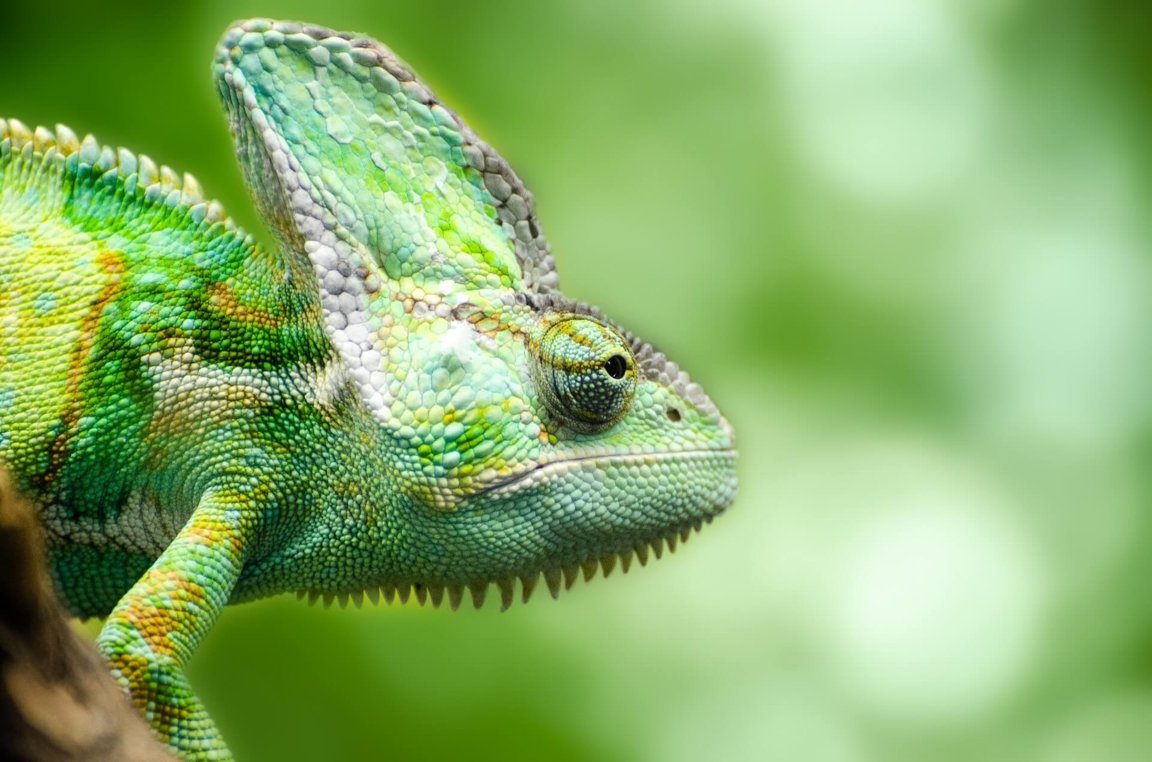
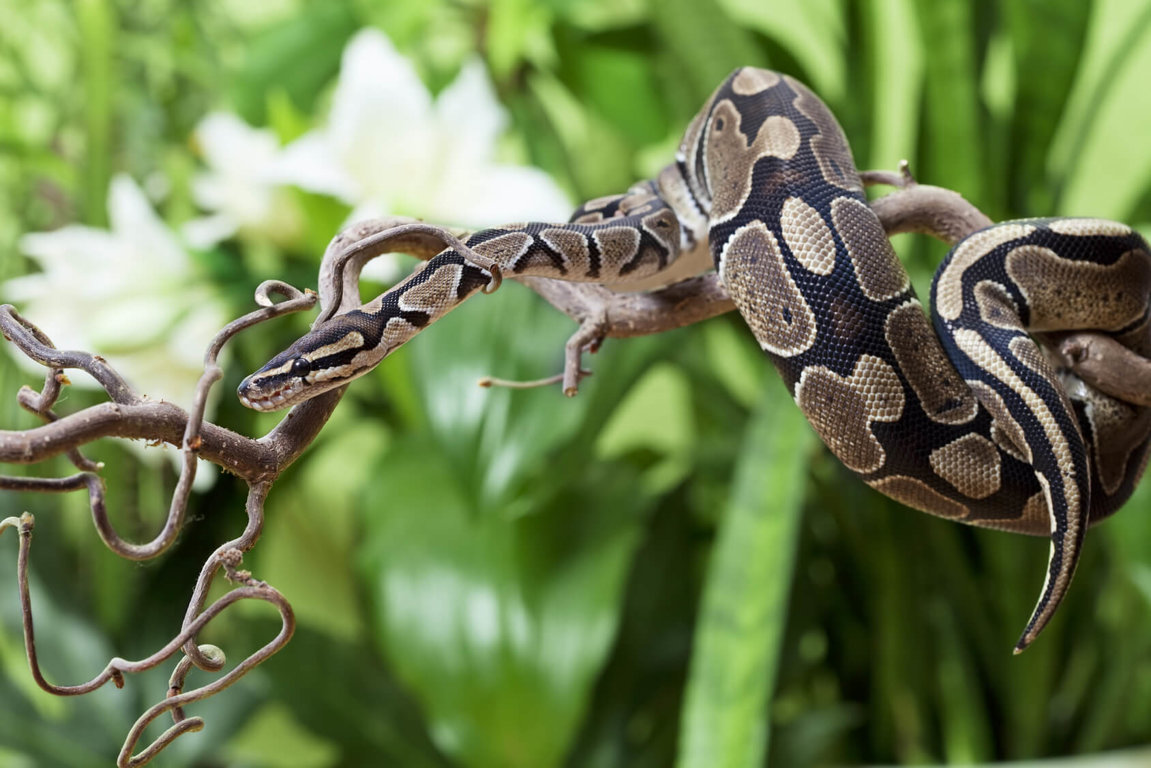
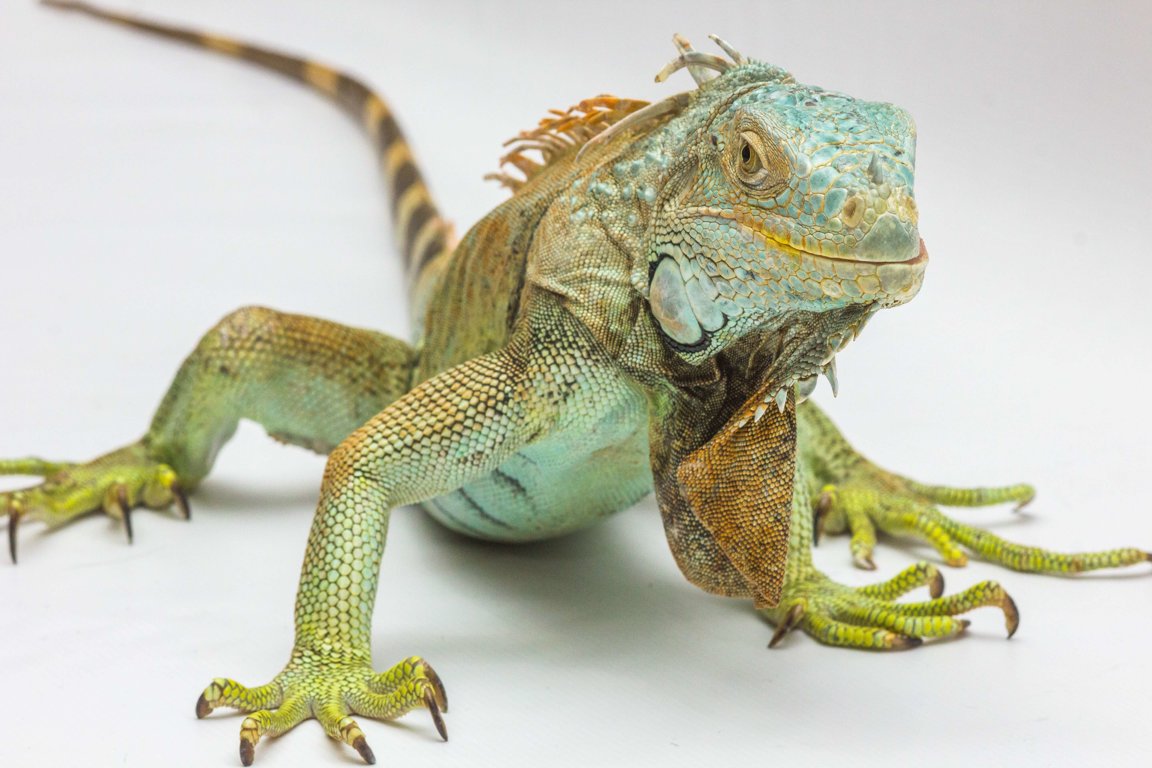
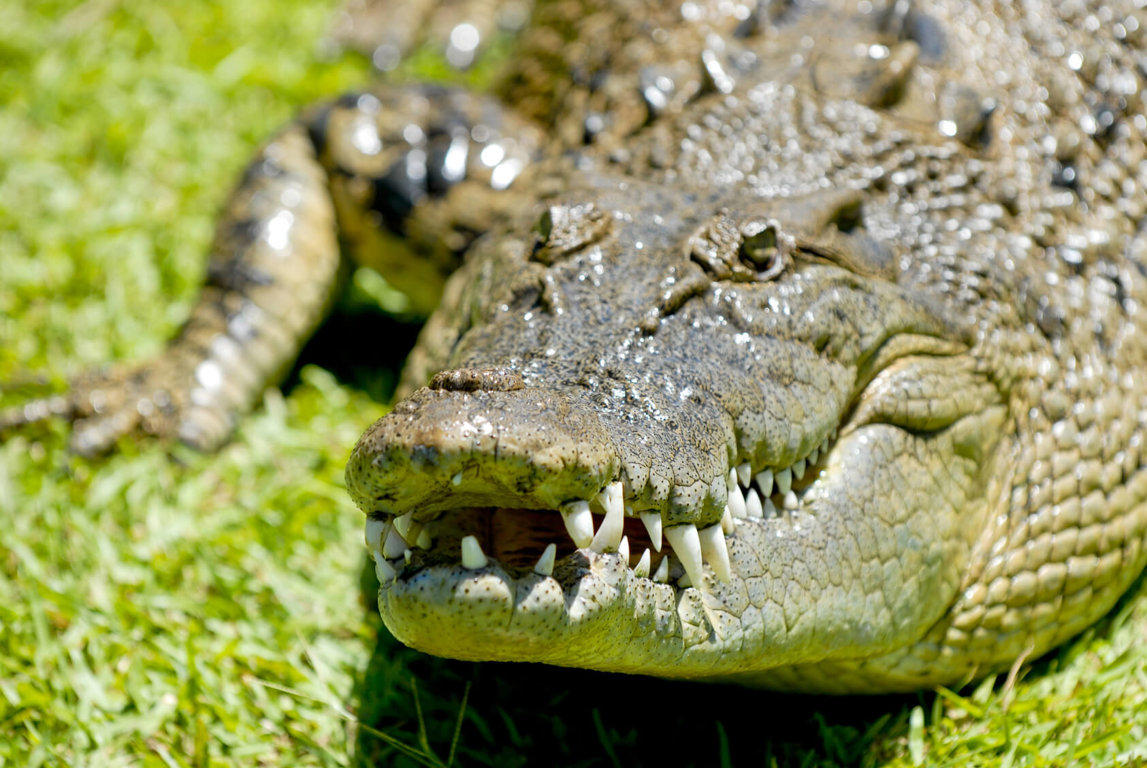 Singing & Dancing
Singing & Dancing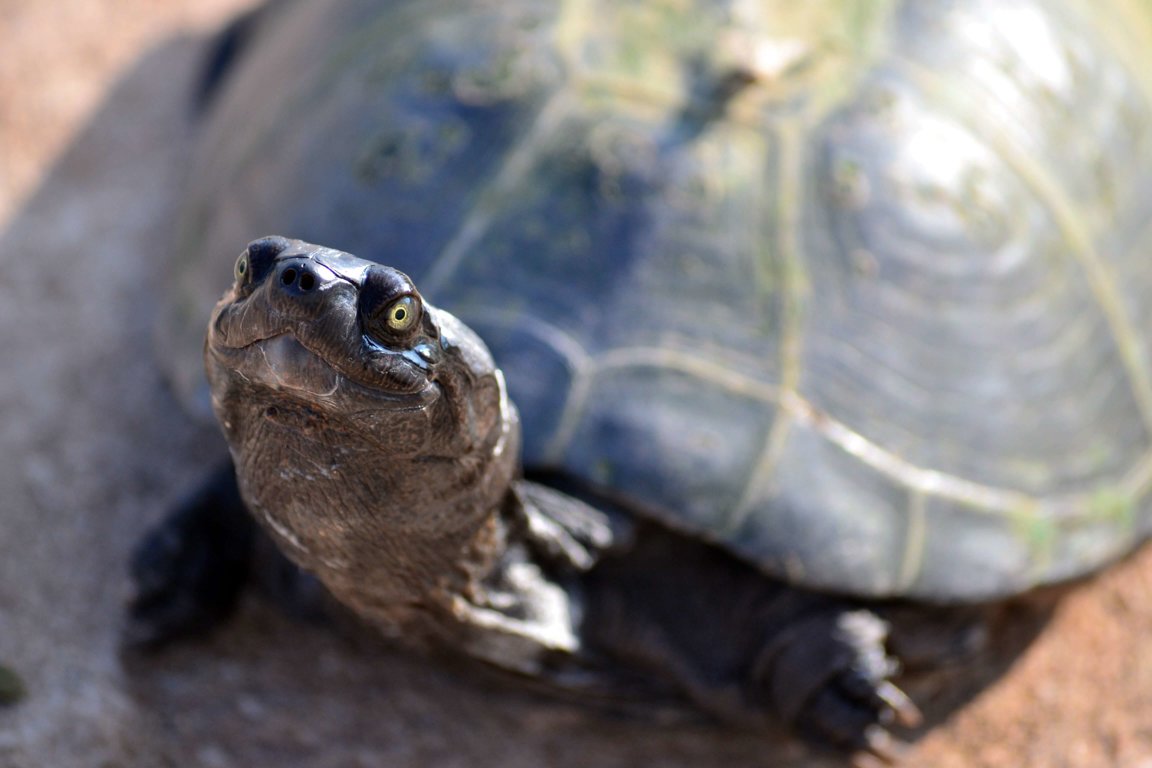 Sense Of Direction
Sense Of Direction